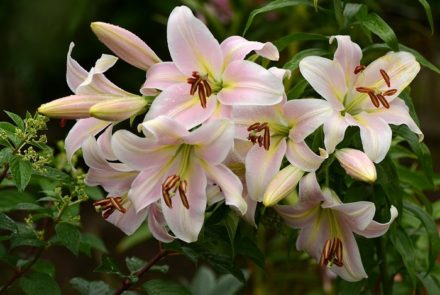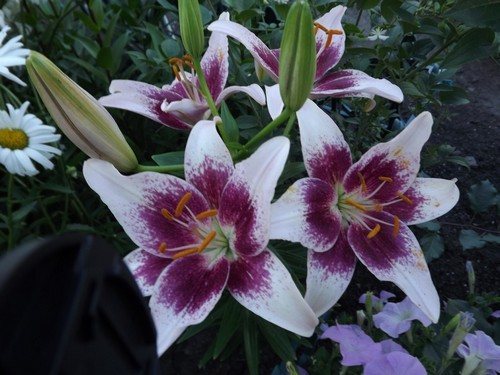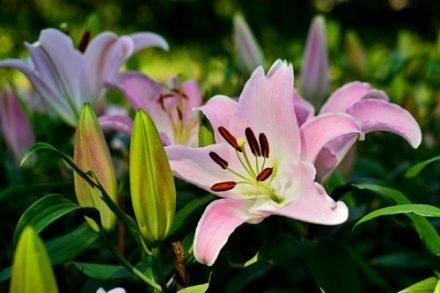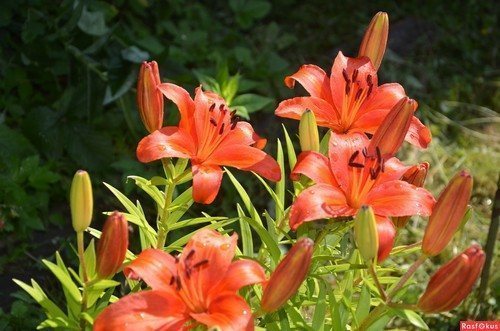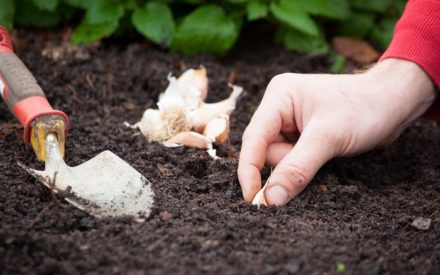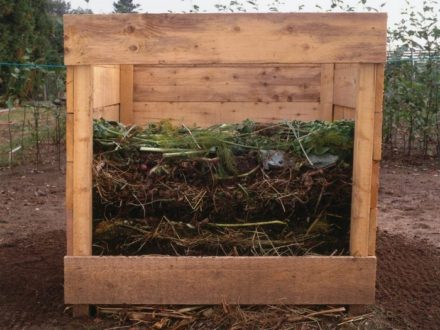Unfortunately, the flowering of lilies has ended; I really want to see lush fragrant flower beds next year. And if the varieties of flowers have a scent, then fragrant summer evenings remain in the memory for a long time.
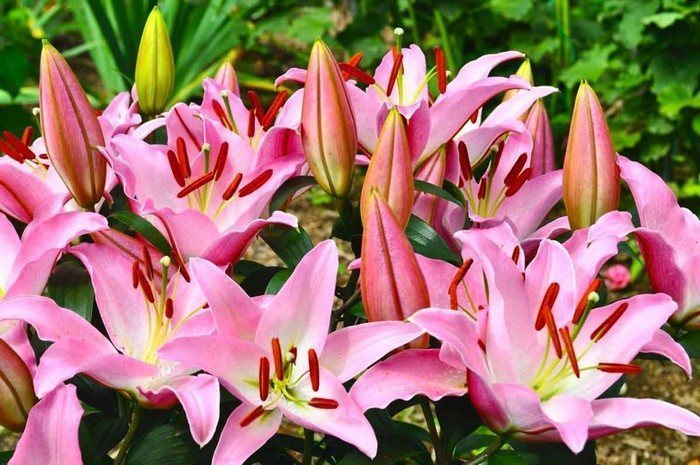
Lily pruning
You should not cut off the stem remaining after the petals fall; the leaves of the plant contribute to the accumulation of useful substances in the bulb; after flowering, only the top of the stem should be cut, especially if seed pods begin to form in place of the flowers.
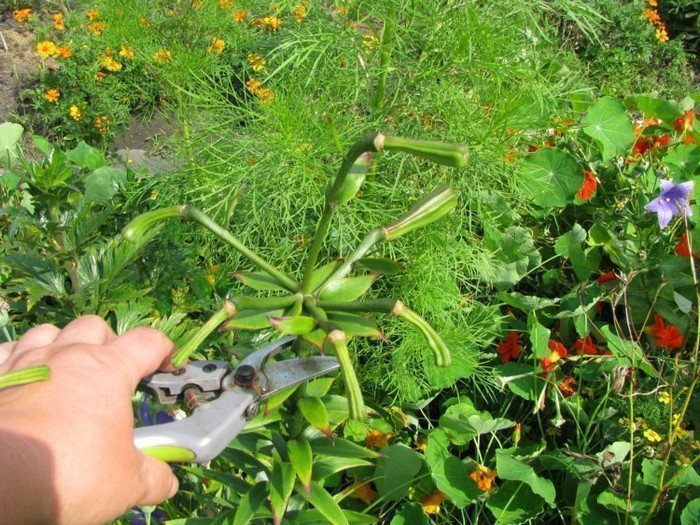
The remaining stem should be cut off in the fall, when it turns yellow and begins to dry out, this is a sign that it has completed its task and is no longer needed. The stem is cut flush with the soil, or you can leave 10–15 cm of the stem if you need to mark the planting of lilies, so as not to accidentally damage the bulbs in early spring.

Autumn nutrition for lilies
In order to provide additional nutrition to the bulbs, you need to feed them with phosphorus and potassium in early autumn. Suitable mineral fertilizers include superphosphate and potassium sulfate, 30–40 g per 1 sq. m. m beds or flower beds. You can use ash as a potassium fertilizer; instead of superphosphate, you can use bone meal - 100 g per 1 sq. m. m.
At the end of summer, approximately from the second half of August, lilies It is better not to water, and if it rains, then watering should be categorically excluded in order to prevent the bulbs from soaking and rotting.
When the weather becomes cold and the stems of the lilies are cut, it is necessary to pour about 10 cm of compost on the surface: it will serve as additional shelter for the winter and provide nutrition for the plants in early spring. Before the autumn rains, it would be a good idea to treat the stems with copper sulfate to protect against diseases.
Sheltering plants for the winter
For many lilies, such a shelter will be enough, especially if the winters are not very frosty and there is a lot of snow, but if there are concerns, then at the end of autumn you can cover the lily bushes with dry leaves or straw; shelter for the winter with pine needles or spruce branches gives a good result, this additionally protects the bulbs from rodents. In cold winters, mice can cause irreparable damage to a lily bed. The layer of snow that covers such a shelter on top will provide the lily bulbs with sufficient protection from frost.
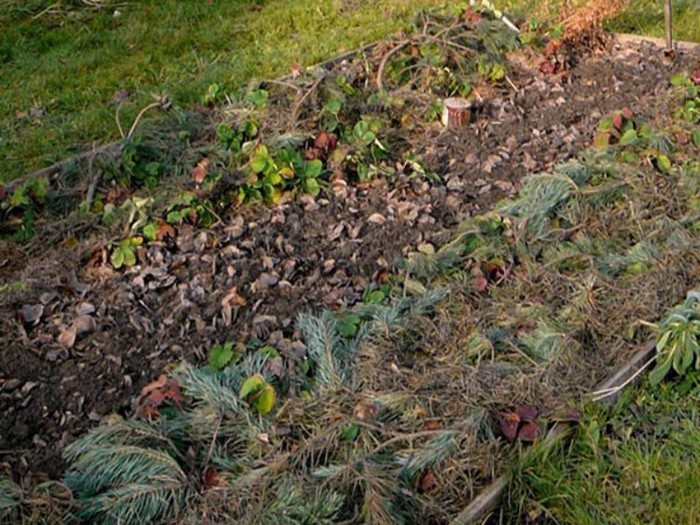
Lilies are plants that are not very demanding to care for, and if they are planted correctly from the very beginning, then they do not require attention every day, correctly selected and timely applied fertilizers will ensure excellent flowering, and measures to prepare lilies for the cold will not allow them to freeze in the winter . Every summer, a multi-colored fragrant flowerbed will give the gardener joy.



